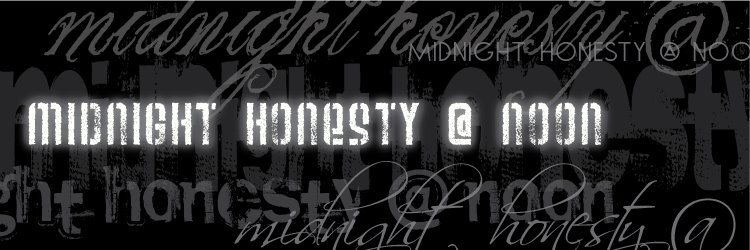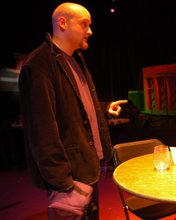Cutting corners is cutting corners, No matter the intent
On Saturday I had the "privilege" of viewing a "reimagining" of the Magic Flute at the Butler Opera Center at The University of Texas at Austin. In the interest of full disclosure - I only viewed the first act. This isn't a review per se, rather a commentary on lessons learned, but it's better to be safe than screamed at.
The reimagining portion of this particular program was the incorporation of projections as the scenery. Projected scenery isn't particularly innovative, but The University of Texas at Austin affiliated program that developed this piece has recently invested in the Catalyst software and servers, and a high end performance projector, and have a program partnership with High End Systems so they have a vested interest in making the technology work and in getting their kids interested and proficient.
I am very interested in technology in performance. In all facets of my life I am interested in making one capital expenditure rather than perpetual recurring expenses. If I can use technology (even pricey technology) to offset per show aesthetics costs without any sort of compromise in show quality then I'm going to pursue it.
Aye, there's the rub.
Poorly done digital projections make the show look cheap. If you can't do the projections well, you are better off doing a rehearsal furniture set than the projections. No one is giving you special credit for having a laptop, and no one is interested in spending $10-50 to watch a PowerPoint show.
Unfortunately for Mozart and the audience, the Magic Flute ended up looking like a fancy PowerPoint show crossed with a very large game of Doom. I wanted very badly for it to be good. I know the artistic director of the piece, one of the creators of the animations, and the lighting designer; and as I said above I want this technology to be useful. That was not the case.
In the opening scene the Three Spirits kill the threatening serpent. They appeared via live feed on the screen behind an unconscious Tamino and a cowering Papageno. On screen were three layers. One layer was the live feed with a black background and the three slightly washed out Spirits (in Victorian whore makeup). In front of them a second layer of Barren Rocky Desert framing them like a mall photo booth digital frame. In the first layer was a big ol' serpent. The digital graphics looked like remedial Photoshop work. The scene's in Sarastro's Castle were poorly scaled columns that looked like skinned polygons out of Doom.
Part of the problem is that you can't assume that eliminating meat world scenery from the production eliminates one of the artists, you simply replace the need for a scenic designer and carpenters with a need for a scenic designer and graphic artists and computer techs. If you try to get by with amateurs in any aspect of your design it is going to look amateurish... projecting it on a 30' - 40' screen isn't going to help hide that at all.
The projections aren't new to your audience, and they have expectations. They expect true blacks. They expect verisimilitude. They expect, well, they expect film quality. The technology simply doesn't support that yet. They expect perfect audio and video synch. And that didn't happen on Saturday either, the Spirits were lagged audio to video by almost a full second. The performance was never simply about the performance.
In the end we all have to remember:
- Technology is simply another tool, it's not some sort of savior for your piece.
- You don't streamline the tech process by adding technology, you simply change it.
- You are doing live performance, not film, no matter how hard you try to disguise it.
- Be honest in your evaluation of how well the technology is suiting your production.
- Technology does not obviate the need to have Unity, or at the very least a consistent style.
And the technical aspects of your show, from black box to spectacle should never EVER upstage the production as a whole.
As a producer who is shepherding a piece that will rely heavily on projections for this year's Frontera Fest, I think the above 6 lines are good rules to live by, along with remembering to prefer abstraction over verisimilitude...the projectors are another light source with a bit more specificity.
So what about you?
What is your experience with incorporating new technology into your productions?
What are your rules for using technology in the future?
What have you seen that's blown your mind?
What have you seen that has scared you off from ever using anything stronger than 60W bulbs in a coffee can?







